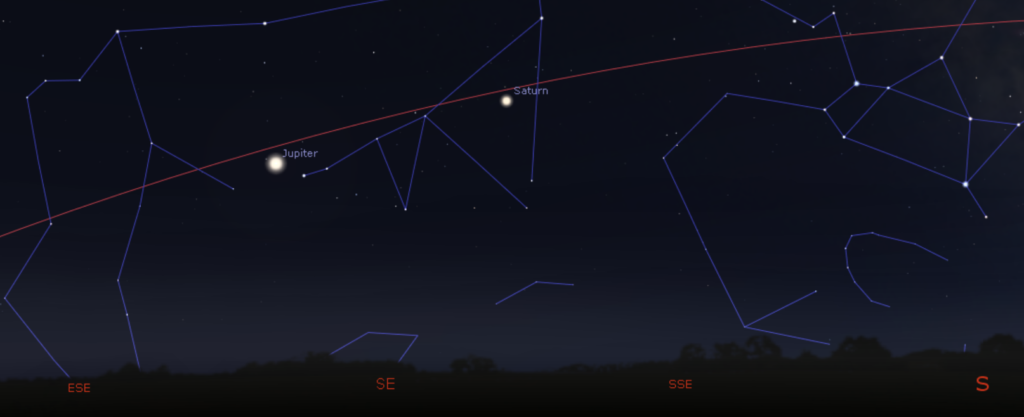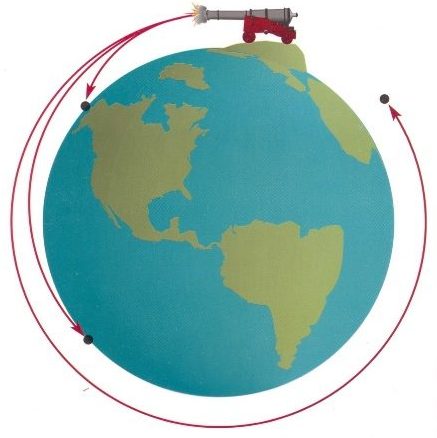Fall Migrations to Observe this Season
September 13, 2021
Posted by Lake Erie Nature and Science Center
From birds to butterflies, wildlife is on the move. Ohio’s geography of forests, grasslands and coasts, along with two large water sources—Lake Erie and the Ohio River—attracts a wide array of wildlife during fall migration. Here are Lake Erie Nature & Science Center’s top migrations to observe this season.
Monarch Butterflies
One of the most fascinating creatures in North America is the Monarch Butterfly. Each fall, millions of monarchs leave their summer breeding grounds in the northeastern United States and Canada to travel upwards of 3,000 miles to reach their overwintering grounds in southwestern Mexico.
To spot these winged migrants, look in lakefront woodlots or areas with plants still in flower such as asters or goldenrod.
Bats
Depending on the species, some Ohio bats such as the Eastern Red Bat, Hoary Bat and Silver-haired Bat migrate south in the cooler months when food sources become scarce. The best time to see them is around sunset or sunrise when it is warm and dry. While some bats fly relatively high, others are found closer to the ground and tree line.
Hummingbirds
The most common species of hummingbird in Ohio is the Ruby-throated Hummingbird. Weighing an average of 3.5 grams, these birds migrate from Ohio to their winter homes in Central and South America which includes a 500-mile non-stop flight over the Gulf of Mexico.
You can attract hummingbirds to your yard by hanging a nectar feeder with ¼ cup pure cane sugar per 1 cup water. Remember that during hot weather, sugar water ferments rapidly to produce toxic alcohol and should be changed daily.
Songbirds
Every fall, millions of birds migrate through Ohio on their way to overwintering grounds. During migration birds can travel hundreds of miles in one night. Birds migrating to Central America will fly the 500 miles across the Gulf of Mexico nonstop, leaving at dusk, which takes between 18 and 22 hours.
Local spots to observe songbirds during fall migration include Huntington Reservation and Wendy Park of Cleveland Metroparks and Cleveland Lakefront Nature Preserve.
Migration Challenges
The migratory journey presents several challenges for wildlife, especially songbirds. Most species of songbirds migrate at night and the lights on tall buildings can be disorienting. Collisions with buildings are a leading cause of bird fatalities during migration, and it is estimated that up to half a billion birds die each year from building collisions.
Lights Out Cleveland aims to protect migratory birds through volunteerism and advocacy. Since mid-August, volunteers have scanned the sidewalks surrounding downtown buildings to collect injured and deceased birds. Injured birds are brought to Lake Erie Nature & Science Center’s wildlife rehabilitation facility for treatment and eventual release back to the wild. To learn more about Lights Out Cleveland and ways to protect migratory birds, visit www.ohiolightsoutorg.
The nonprofit Lake Erie Nature & Science Center is the only wildlife rehabilitation facility in Cuyahoga County and provides its services 7 days a week at no charge to the public. For wildlife assistance, please contact 440-871-2900 or wildlife@lensc.org. Thank you to The Kenneth A. Scott Charitable Trust for supporting Lights Out Cleveland and the Center’s rehabilitation efforts.





